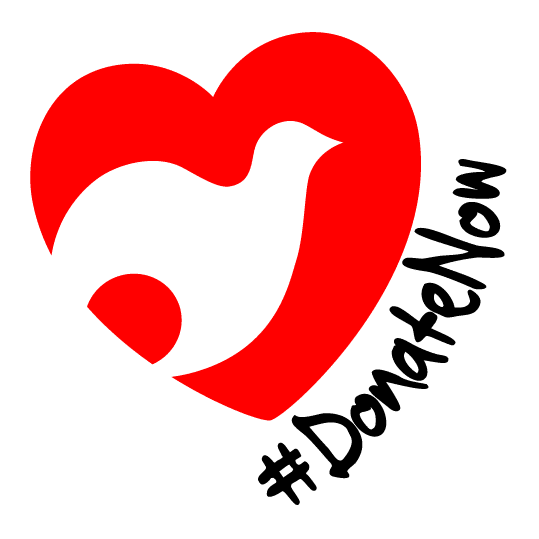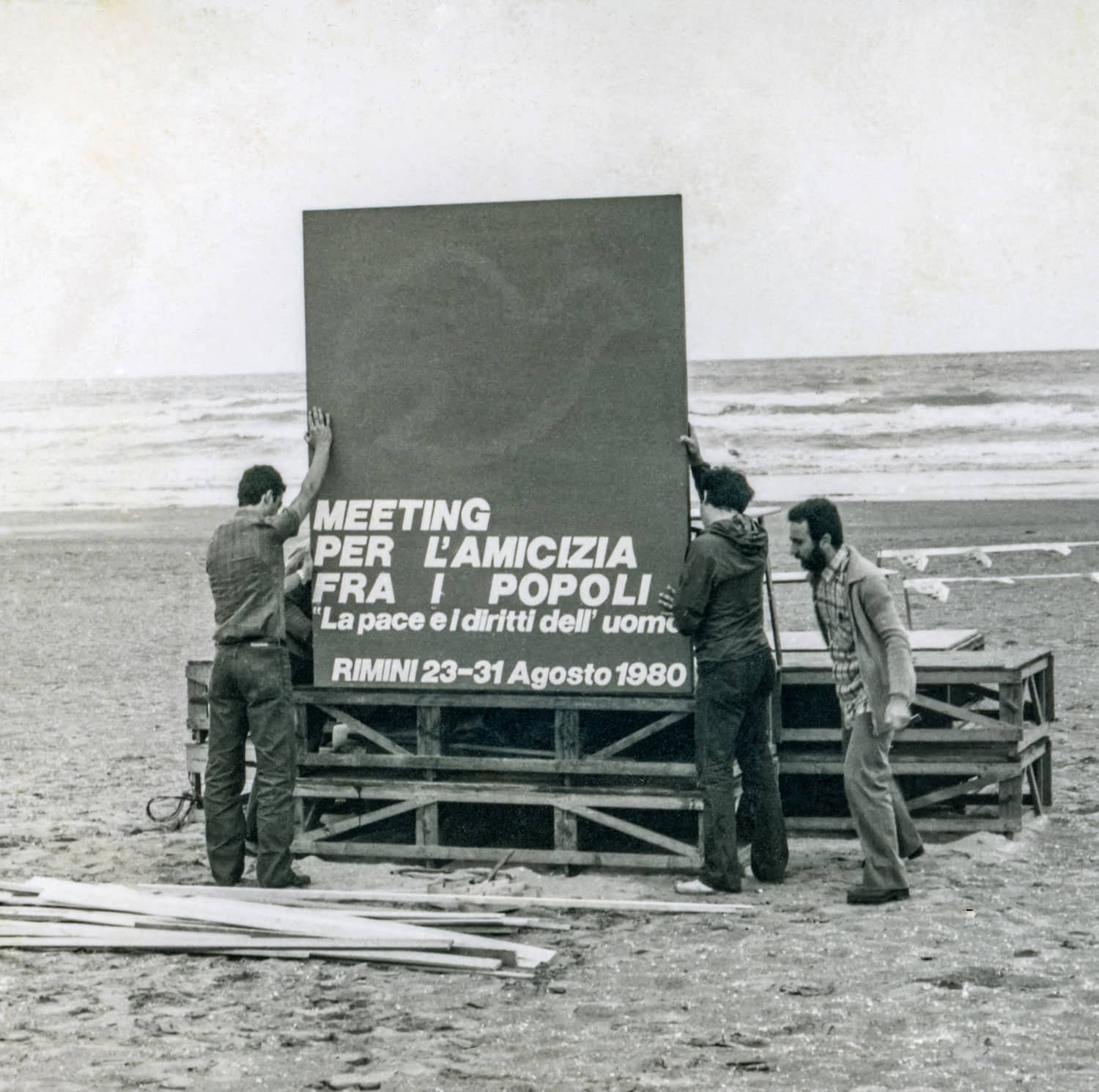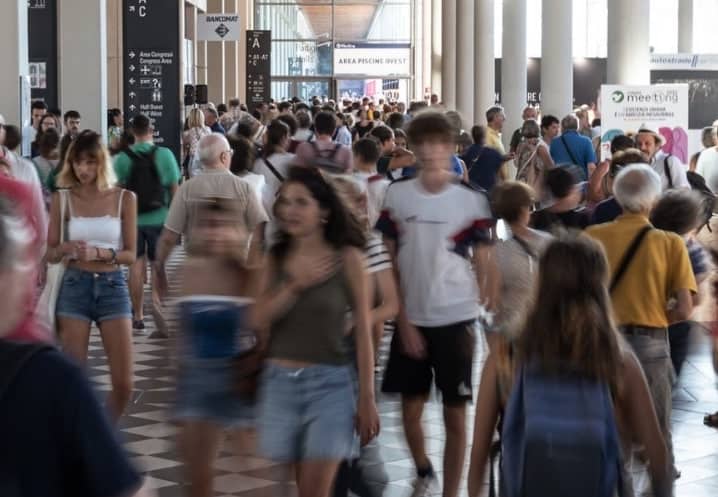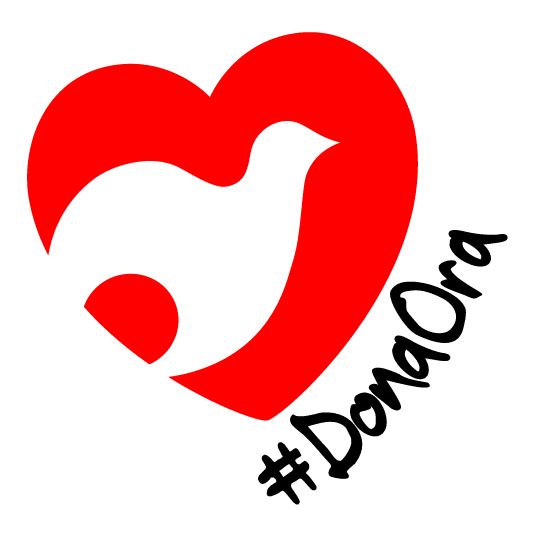Yanomami Indios: A people on the verge of extinction
‘”At least the world should know what is happening here “: these are words taken from an official document which the Pope presented to the Indios, on his visit to Manaus, in 1980. The Yanomani Indios are a people whose extinction seems inevitable. There is only 16,400 people, divided into small groups and covering a vast area of the Amazon forest, between Brazil and Venezuela. They are “primitive” Indios, hunters and gatherers. Land ownership is shared. Taking this and away from these men would mean taking their life away. There are biological as well as social and economical reasons for what is happening, although it is often put down to the wickedness of the whites. For instance: typical diseases of the whites, such as childhood lung diseases and tuberculosis, the demographic boom in Brazil, the building of a gigantic road network, the accelerated and irrational exploitation of mines and woods. In Brazil, the demographic boom and the increase in large estates have led to a mass migration of forty million people towards the big cities and towards the great forest. The Brazilian church was the first to become aware of the tragic problem of the Indios. During the Eucharistic Congress, opened by the Pope, the causes and the responsibilities for this phenomenon were seriously examined. Ten years ago, the leading classes had presented the mirage of “employment in Amazonia” as the solution to all the problems in that country. This had helped to justify the building of gigantic mining infrastructures in Amazonia and the creation of new immense estates. Consequently, the Amazon forest, that is the green lung of the world, is in danger, together with the physical survival of the Indios. The missionaries, backed by the Brazilian church, do not aim at the integration of the Indios into the culture and society of the whites. They defend the land and the culture of the Indios, making them aware of what is going on, so that they can become protagonists of their future themselves. The Italian “Centro di Appoggio”, with the aid of the weekly magazine “Il Sabato”, has collected over a million subscriptions to the “Yanomami Park” project and to the plan of legally defining all the Indios native lands; this is the first indispensable step to grant the Indios the possibility to live and be themselves. The visit which Pope John Paul II paid to Manaus on 10th and 11th July 1980 was the culminating point of this movement defending Amazon native cultures. For the first time the Indios were offered the chance to be heard by all the Brazilian states (and by the whole world). The Pope also defended the undeniable priority of the Indios person, his right to his own culture and to being a people and a nation.’



